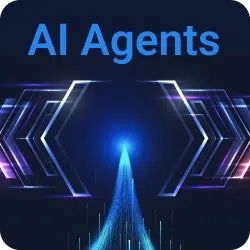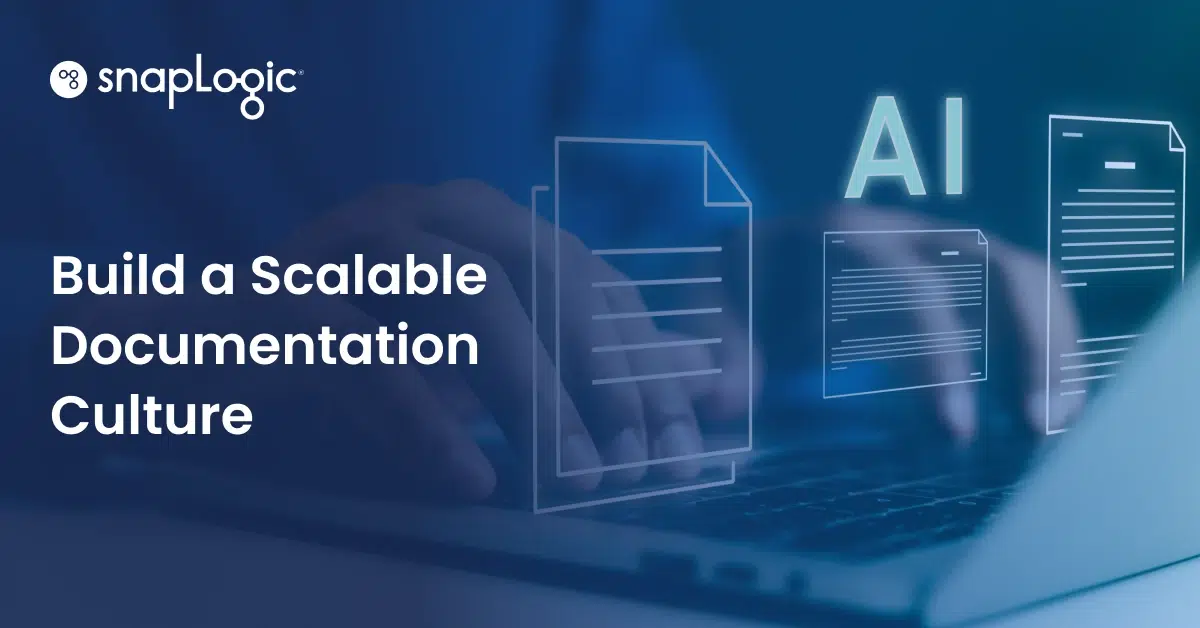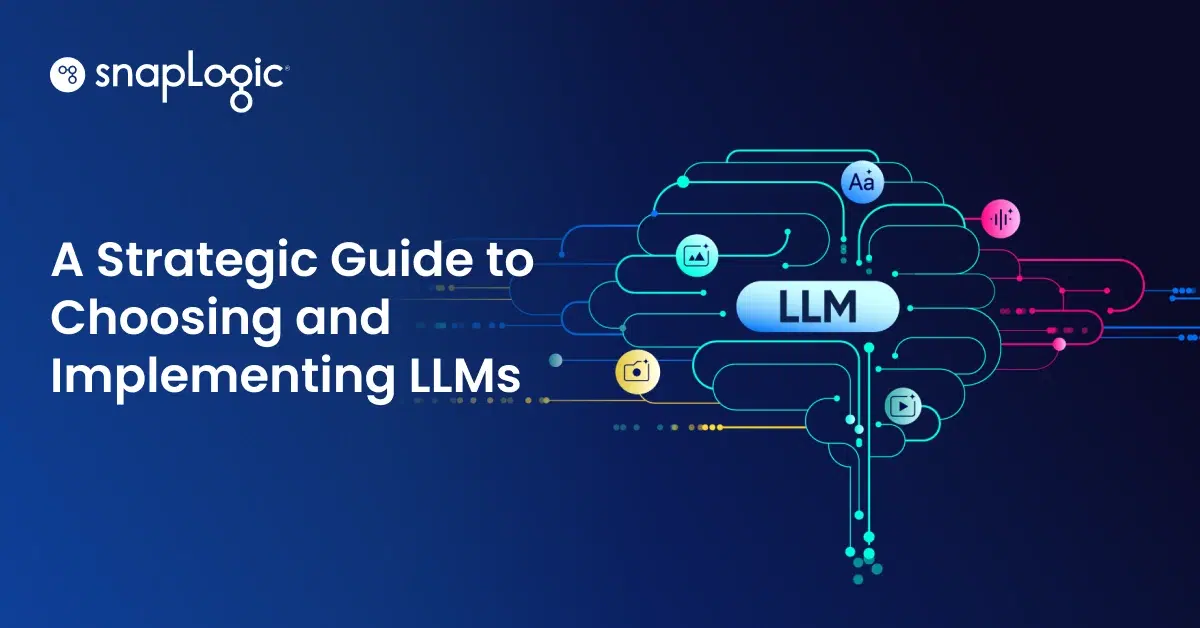A critical challenge lurks beneath the surface in data integration: poor documentation. Integration teams spend a significant portion of their workday searching for or recreating existing information and regularly encounter outdated or inaccurate documentation. The impact this has on business efficiency and bottom-line results is substantial.
The documentation problem in data integration
As enterprises expand their software and data ecosystems, documentation challenges have become more vast and complicated. In 2020, large companies were using around 177 Software as a Service (SaaS) applications on average. By 2024, this average had skyrocketed to 231 applications. As deployment frequencies have increased, it gets harder to maintain traditional documentation practices with the accelerated pace of data integration projects. This widens the gap between implementation and documentation maintenance.
The business impact of documentation debt
An IDC report found that in 2024, application development accounted for only 16% of developers’ time, with the majority spent on operational and supportive tasks, including managing documentation. Another survey noted that almost 70% of developers lose 8 hours or more per week to inefficiencies in their roles, such as dealing with technical debt and unclear documentation.
The financial implications of this uphill climb are stark. A 2022 report estimated that the cost of poor software quality in the U.S. alone had grown to at least $2.41 trillion, with accumulated technical debt contributing approximately $1.52 trillion. While not solely attributed to documentation issues, poor documentation is a component of this broader problem.
This documentation crisis manifests in several ways:
- Extended onboarding periods for new engineers
- Accumulating technical debt from undocumented integration logic
- Recurring implementation inconsistencies
- Impaired cross-team collaboration
- Escalating support costs and diminished customer satisfaction
How AI agents can help
IT leaders are working to move the AI revolution along. In a recent survey, half (50%) of IT decision-makers reported their organization is already using AI agents, with a further 32% planning to implement AI agents in the coming years.
AI-powered agents using an AI-enhanced integration platform like SnapLogic’s iPaaS with SnapGPT and AgentCreator can revolutionize documentation management by automating the process’s most tedious and error-prone aspects. By intelligently analyzing integration workflows, AI agents can:
- Automate documentation generation: SnapLogic’s AI agents and SnapGPT can extract relevant information from data pipelines, APIs, and changelogs to generate accurate and up-to-date documentation automatically.
- Ensure documentation accuracy: Through continuous monitoring, AI agents detect outdated or inconsistent documentation and flag discrepancies for review.
- Enhance search and discovery: AI-driven natural language search capabilities allow engineers to find integration documentation faster, reducing the time spent searching for information.
- Facilitate collaboration: AI agents can integrate seamlessly with collaboration tools, ensuring that documentation updates are communicated effectively across teams.
“You’ve got to make sure you’re fostering collaboration within your culture. This is what generates the excitement to keep coming up with new use cases.”
Mark Fowler, COO at Cooperative Benefits Group
Learn more in the Harvard Business Review research report, “Harnessing the Power of Generative AI and AI Agents“
Taking a strategic approach to integration documentation
It’s time to stop treating documentation like a boring afterthought and start treating it like what it really is: a core product surface with engineers as its power users.
The old model — write a doc after the fact, hope someone updates it later — doesn’t scale in modern integration environments. It creates drag. It kills onboarding speed. And it introduces risk. AI agents change the game by embedding documentation into the development lifecycle itself.
Here’s what that looks like:
- Docs that update themselves. As pipelines change, AI agents generate changelogs, update diagrams, and keep everything in sync — no Jira ticket required. Documentation becomes evergreen by design, not wishful thinking.
- Context-aware, just-in-time info. Instead of digging through a dusty wiki, engineers get relevant docs suggested based on what they’re working on. Fewer interruptions. Fewer tabs. Way more flow state.
- Quality without handholding. AI agents monitor coverage and freshness, nudge the right people when updates are needed, and help enforce standards across the board. No more relying on tribal knowledge.
Why does this matter?
Because better documentation isn’t just a nice-to-have — it’s a multiplier:
- Accelerate integration timelines by removing friction from every stage of the process.
- Reduce onboarding costs by giving new engineers instant access to up-to-date, searchable context.
- Mitigate compliance risks with audit-ready documentation that updates in real time.
- Strengthen resilience by preserving critical knowledge even as teams change.
If documentation has always felt like a tax, this is how it becomes a tool. A force multiplier. A product in its own right.
Implementation framework for a documentation agent
To establish sustainable documentation practices with the support of generative AI, organizations should consider the following framework of steps:
- Standardize documentation
- Implement uniform templates for different documentation types
- Establish clear style guides and naming conventions
- Provide example documentation samples
- Leverage AI and automation
- Deploy AI-powered documentation generation tools
- Implement automated testing for documentation integrity
- Use AI agents for documentation enhancement and maintenance
- Maintain regular review cycles
- Conduct quarterly documentation audits
- Manage content lifecycle
- Analyze usage patterns for improvement opportunities
- Provide support and Training
- Provide comprehensive documentation training
- Develop quick-reference resources
- Recognize excellence in documentation practices
Measurable returns on investment
Organizations implementing AI-powered documentation solutions using SnapLogic can expect the following and more:
- Reduction in time searching for information
- Faster new employee onboarding
- Decrease in documentation-related support tickets
- Improved code quality and reduced technical debt
- Enhanced engineer satisfaction and retention
Moving forward
Building an engineer-first documentation culture represents a strategic investment in your organization’s future. By leveraging AI agents using SnapLogic AgentCreator, companies can transform integration documentation management into a competitive advantage. Start with small, measurable improvements, gather engineer feedback, and continuously refine your approach.
Success in this initiative isn’t just about better documentation — it’s about creating a sustainable competitive advantage through improved engineering efficiency and scalability. By prioritizing engineer needs and embracing AI-powered solutions, companies can turn a common pain point into a powerful driver of innovation and growth.
Join us on April 17 for AgentFest 2025, a virtual event to discover how AI agents are reshaping enterprise innovation. Hear from visionary leaders, and gain practical insights to propel your organization forward.










